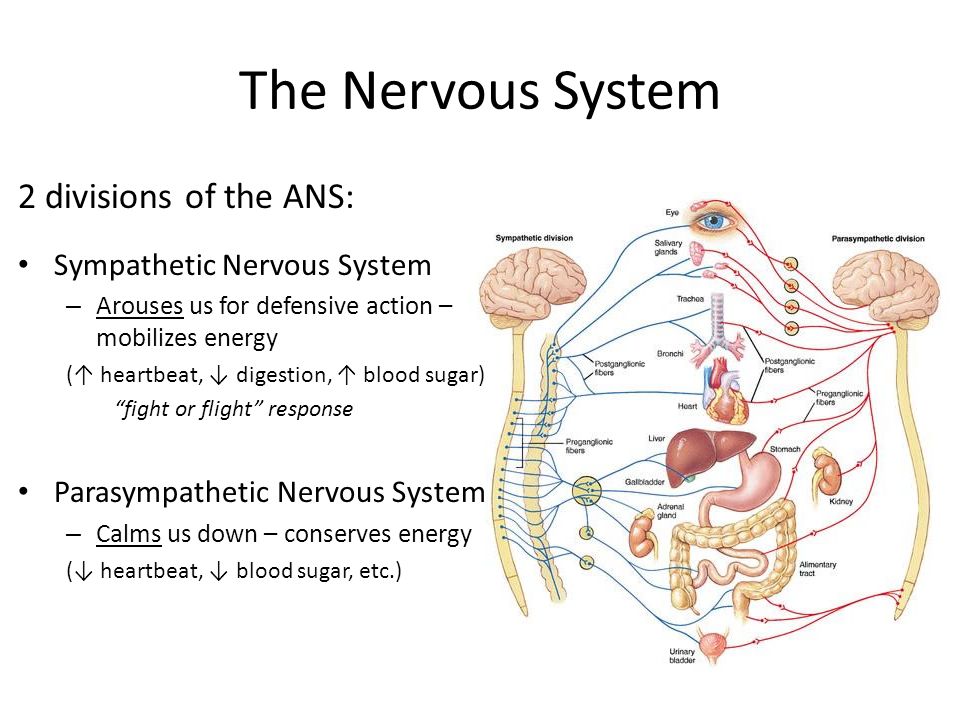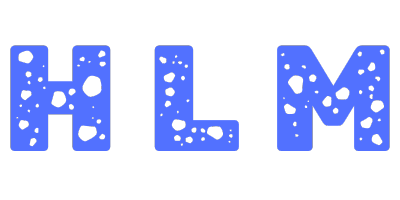30-second elevator pitch (corporate-speak meets Gen Z):
Think of your nervous system as the world’s most advanced, cloud-native, edge-deployed data network. The central nervous system (CNS) is your HQ (brain + spinal cord) running high-level analytics, while the peripheral nervous system (PNS) is the field team moving packets (sensory + motor signals) between HQ and every “branch office” (muscles, glands, organs). Under the PNS umbrella, the somatic division is the user-controlled front end (voluntary muscles), and the autonomic division is the background automation stack (heartbeat, digestion). The autonomic sub-divides again into sympathetic (fight-or-flight, “all-hands call”) and parasympathetic (rest-and-digest, “chill mode”). Neurons push action potentials down myelinated axons like fiber-optic lines; neurotransmitters are the API calls at each synapse. TL;DR: hardware, firmware, and real-time analytics all rolled into your personal operating system.

Nervous System Cheat Sheet — High-Yield, Low-Drag
| Layer | Core Parts | 1-Sentence Job Description | AP Trap to Dodge |
|---|---|---|---|
| CNS | Brain + spinal cord | The command center—processes, decides, and sends orders. | “Reflexes = brain”—Nope, spinal cord can handle them solo. |
| PNS | All nerves outside CNS | Couriers that relay sensory intel in and motor commands out. | Mixing up sensory = afferent, motor = efferent—keep ’em straight. |
| Somatic | Skeletal-muscle nerves | Voluntary moves (typing this cheat). | Somatic ≠ sympathetic. |
| Autonomic | Sympathetic vs. Parasympathetic | Automatic housekeeping. | It’s autonomic, not “automatic.” |
| Sympathetic | “Fight-or-flight” | Mobilize energy: ↑HR, dilate pupils, release glucose. | It doesn’t create stress, it responds to it. |
| Parasympathetic | “Rest-and-digest” | Refill & repair: ↓HR, stimulate digestion, contract pupils. | Works continuously— not only “after danger.” |
| Neuron Anatomy | Dendrites → soma → axon → terminals | One-way electrical highway. | Signal never reverses (under normal physiology). |
| Myelin / Nodes | Schwann (PNS), oligodendrocytes (CNS) | Insulation → saltatory (skipping) conduction. | MS = myelin loss, speed drops, not “axon disappears.” |
| Neurotransmitters | ACh: muscles & memory DA: reward & movement 5-HT: mood & sleep NE: alertness GABA: main inhibitor Glu: main excitatory | Chemical DMs across the synapse. | “Hormones” ≠ neurotransmitters (though some act as both). |
Must-Know Numbers & Buzzwords
Resting potential: -70 mV
Threshold: about -55 mV
All-or-None Law: Fires 100 % or not at all—no halfway sparks.
Reuptake vs. Degradation: SSRIs block reuptake; AChE handles ACh breakdown.
Saltatory conduction: Jumps node-to-node → ~30× faster than unmyelinated.
Mnemonics That Stick
SAME: Sensory Afferent / Motor Efferent
PAD & SAD: Parasympathetic = Digestion; Sympathetic = Adrenaline/ Danger
R2D2: Receptor → Dendrite → Down axon (one-way flow)
Quick Reflex Flow (Hot Stove)
Receptor → sensory neuron → spinal interneuron → motor neuron → muscle before brain registers pain. Brain gets the memo milliseconds later.
Top 3 AP Power Moves
Define + Example. When “describe,” pair the term with a concrete scenario (e.g., sympathetic surge during pop quiz).
Contrast Pairs. CNS vs. PNS, sympathetic vs. parasympathetic—contrast earns points fast.
Explain Mechanism. Don’t just name myelin; say “speeds transmission via saltatory conduction.”
Practice Multiple-Choice Questions
(Choose the best answer; answers below.)
Which structure is part of the peripheral nervous system?
A. Cerebellum
B. Spinal cord
C. Somatic motor neurons
D. Medulla oblongataDuring a sudden scare, which branch is primarily responsible for dilating pupils and accelerating heartbeat?
A. Somatic nervous system
B. Parasympathetic nervous system
C. Sympathetic nervous system
D. Central nervous systemThe insulating layer that speeds up neural transmission along the axon is called the:
A. Synaptic cleft
B. Myelin sheath
C. Node of Ranvier
D. Dendritic spineA reflex arc that causes your hand to withdraw from a hot surface before you consciously feel pain is coordinated mainly by the:
A. Hippocampus
B. Spinal cord
C. Hypothalamus
D. Cerebral cortexWhich neurotransmitter is most directly associated with Alzheimer’s disease when its levels decline?
A. Dopamine
B. GABA
C. Acetylcholine
D. SerotoninThe autonomic nervous system regulates all of the following EXCEPT:
A. Blood pressure
B. Digestive processes
C. Pupillary response
D. Voluntary arm movementNodes of Ranvier increase conduction speed because they enable:
A. Temporal summation
B. Saltatory conduction
C. Reuptake inhibition
D. All-or-none firingWhich pair is correctly matched with its primary function?
A. Sympathetic — energy conservation
B. Parasympathetic — glucose release
C. Somatic — skeletal muscle control
D. CNS — hormone secretion into bloodstreamThe resting potential of a typical neuron is maintained by:
A. Calcium channels
B. Sodium-potassium pumps
C. Receptor agonists
D. Mirror neuronsDamage to the cerebellum would most likely affect a person’s ability to:
A. Understand language syntax
B. Maintain balance while walking
C. Form new explicit memories
D. Regulate blood sugar
Answer Key:
1-C 2-C 3-B 4-B 5-C 6-D 7-B 8-C 9-B 10-B
(Pro tip: Always double-check “EXCEPT” and “NOT” stems—they’re classic AP landmines.)
Free-Response Practice
FRQ #1 — Sympathetic vs. Parasympathetic (7 pts)
Prompt:
Jordan narrowly avoids a car accident. Moments later, Jordan notices hands shaking and heart racing, but ten minutes afterward feels calm and even drowsy. Explain how both divisions of the autonomic nervous system account for these physiological changes, and describe two specific bodily functions altered by each division.
High-Scoring Answer Sketch:
Sympathetic activation (3 pts)
“Fight-or-flight” surge triggered by perceived threat.
Releases epinephrine/norepinephrine via adrenal medulla.
Functions: (any 2) ↑ heart rate, ↑ respiration, pupil dilation, glycogen → glucose, sweat secretion.
Parasympathetic rebound (3 pts)
“Rest-and-digest” kicks in once danger passes to restore homeostasis.
Functions: (any 2) ↓ heart rate, bronchial constriction, stimulation of digestion, pupil constriction.
Integration (1 pt)
The two systems are complementary, not antagonistic; together they optimize energy allocation before, during, and after stress.
FRQ #2 — Neuron Communication Pathway (7 pts)
Prompt:
Describe the step-by-step process by which a neural impulse travels from one neuron to the next, starting with the generation of an action potential and ending with the postsynaptic cell’s response. Include the roles of ion movement, myelin, neurotransmitters, and reuptake or degradation in your explanation.
High-Scoring Answer Sketch:
Action potential initiation (1 pt) — Voltage-gated Na⁺ channels open at axon hillock once threshold reached.
Depolarization & propagation (1 pt) — Na⁺ influx reverses polarity; impulse jumps via saltatory conduction across myelinated segments.
Repolarization (1 pt) — K⁺ efflux restores resting potential; Na⁺/K⁺ pumps re-establish gradients.
Synaptic transmission (2 pts)
Ca²⁺ influx at terminal buttons triggers vesicles to release neurotransmitters into synaptic cleft.
Neurotransmitters bind to postsynaptic receptors, generating excitatory or inhibitory postsynaptic potentials.
Termination of signal (1 pt) — Excess neurotransmitter removed via reuptake (e.g., serotonin transporter) or enzymatic breakdown (e.g., ACh by acetylcholinesterase).
Outcome (1 pt) — If net EPSPs reach threshold, next neuron fires; otherwise, no action potential occurs (all-or-none law).
